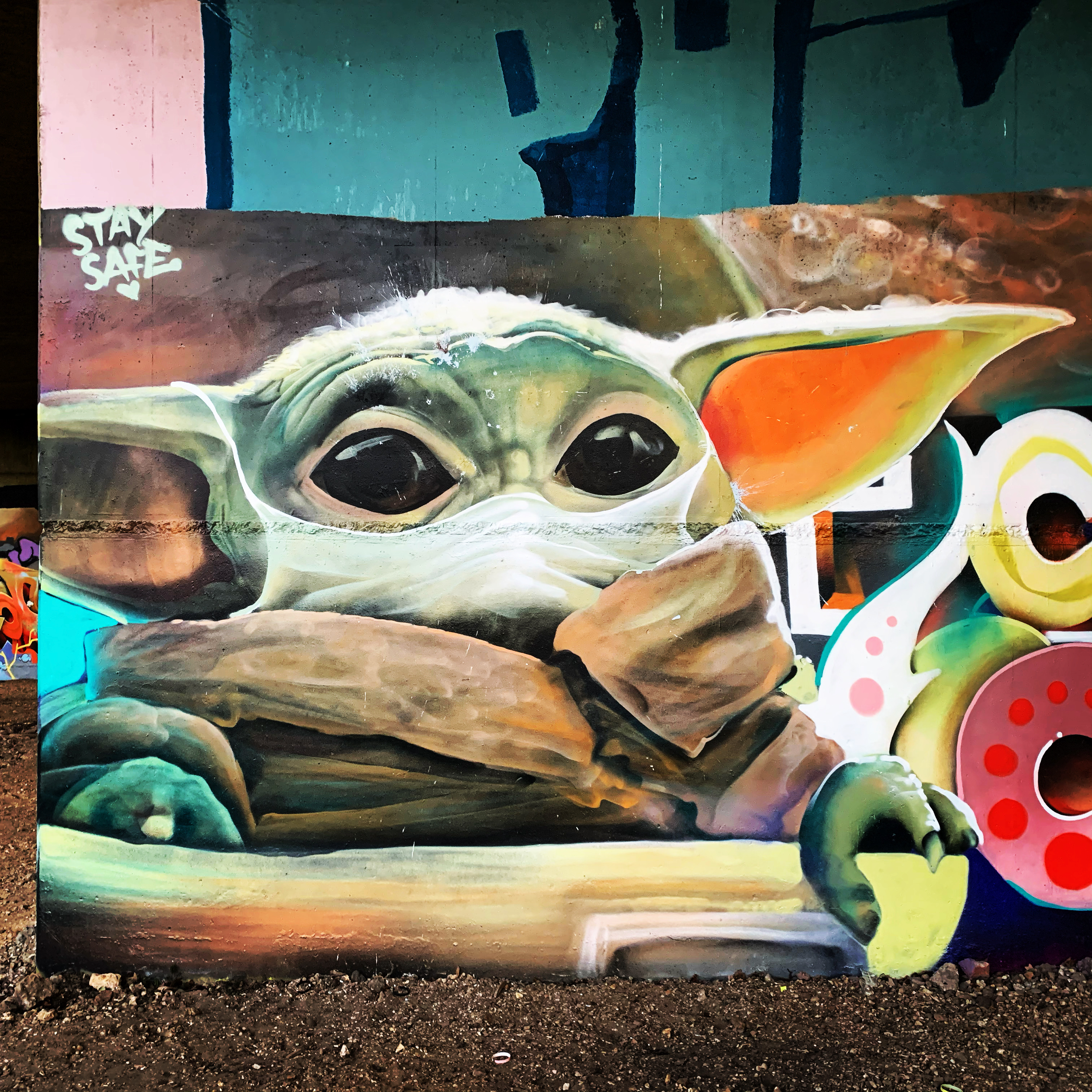It’s been a while since I posted on here. I hope you are all keeping well and coping with the situation we are all in - the Covid-19 pandemic. One of the challenges of a pandemic is understanding the scale of the impact the virus is having. How many people in a given area have the virus? What is the relationship between infection rates and mortality rates?
As the virus has spread across the world each countries actions have impacted the virus’ spread, hopefully reducing the infection rate and intern reducing the number of deaths. In this data driven world the data on infections, recoveries and deaths has been published by governments and healthcare organisations.
Bing, Microsoft’s search engine/internet front page, have created a Coronavirus Tracker from this global data. Their service also includes a widget, which is shown below.
It’s also interesting to see the different types of graphs used, linear and log graphs are both used in virus reporting. The video at the bottom of this page from Vox is great at explaining the basic differences but also the impact that the graph type choices have on increasing or decreasing parts of the data. It was interesting to me, and hadn’t been obvious before, that often these graphs are time shifted so all countries infection rates can be compared to the start of the virus affect that country and does not show the delay the virus had in spreading from one territory to another.
After the video I’ve included some images from the past few weeks, including baby Yoda graffiti which has been adapted to suit the times with his very own face mask.
The above widget is available via Bing’s site here: https://www.bing.com/covid/dev#widget. The page also includes links to access the raw data in a .csv file which is published to their GitHub repo. Microsoft acquired GitHub back in 2018.


